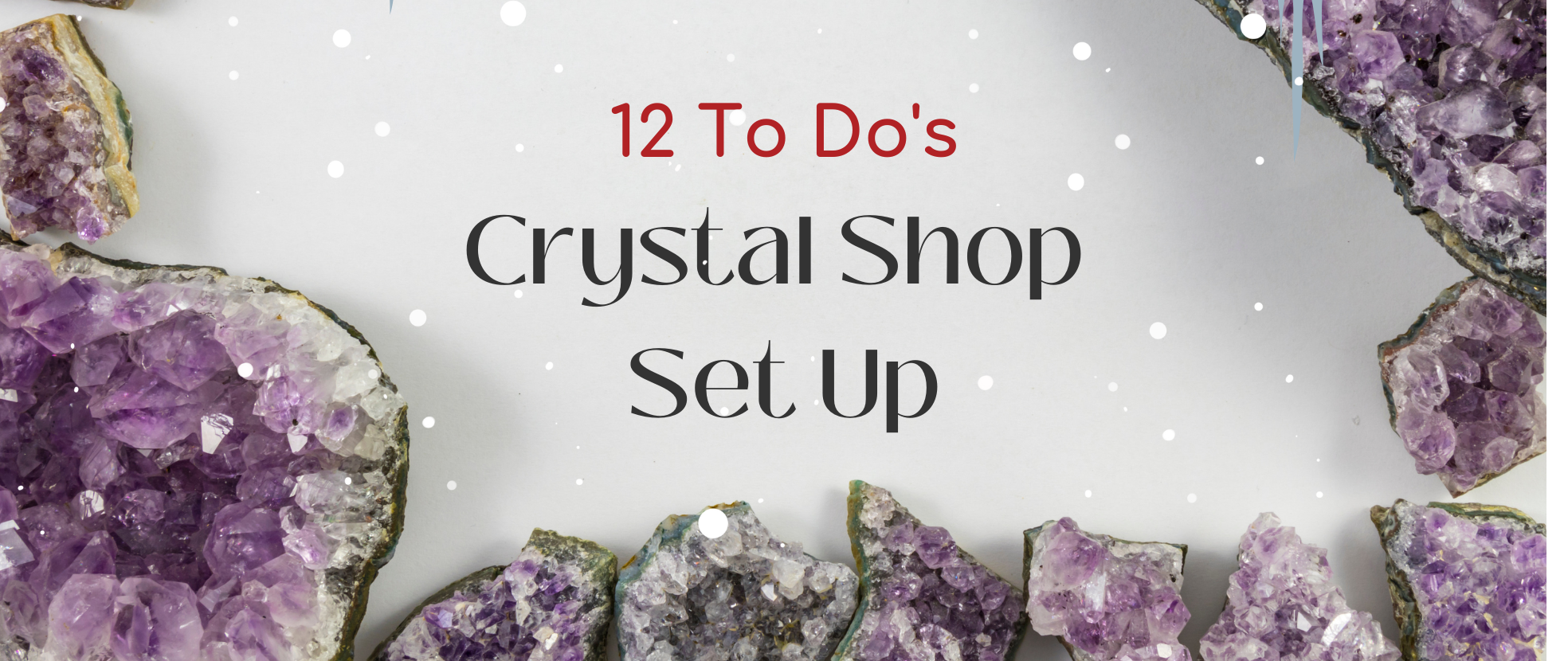Aragonite is a carbonate mineral considered as a cousin of Calcite. But a glance at its history and unique properties will tell us that this ancient mineral is a gem in its own right. Read on to learn more about this 4.6-billion-year old mineral.
The Physical Properties of Aragonite
Aragonite has similar chemical properties with Calcite, but with a different structure, symmetry, and shape. It can occur in various crystal forms – it can be in the form of small prismatic crystals, stalactites, masses, or in spherical aggregates. With a Mohs hardness level of 3.5 to 4, Aragonite is very fragile and can get easily scratched with a knife.
The mineral crystallizes in the orthorhombic system (which means it consists of crystals with three perpendicular axes varying in length). However, large crystals are often twinned growths from pseudohexagonal crystals, while prismatic crystals often have a hexagonal shape as a result of the twinning of the other crystals.
It can display a range of colours. Its most common variety, the Aragonite Sputnik from Morocco, commonly has a golden brown to an amber shade. It can also appear colourless. Other varieties of its crystal occur in white, yellow, green, red, violet, and blue colours. Aragonite has a vitreous and resinous luster.
It is also known for its fossilizing properties. In ancient times, Aragonite preserved marine organisms like shells, snalls, and fossils. The mineral crystallizes into a more stable form of calcite to preserve the beauty of hard materials for years.
The History of Aragonite
Aragonite traces its origin in the Gallo river in the municipality of Molina de Aragón, Guadalajara, Castile-La Mancha, Spain (hence the name ˜Aragonite'). The German geologist Abraham Gottlob Werner discovered it in 1790. The crystal can be found in countries like Mexico, Italy, Pakistan, the UK, and the United States.
This carbonated mineral naturally occurs around hot springs. It can also be found in the lining of mollusk shells, particularly that of pearl oysters'. Layers of Aragonite are also found in abalone shells, coral skeletons, and cave stalactites. Even the extinct Ammonite shells were composed of Aragonite. The mineral is responsible for the shells' luster.
| Colour | Golden brown to an amber shade |
| (other varieties occur in white, yellow, | |
| green, red, violet, and blue) | |
| Mohs Hardness Rating | 3.5 to 4 |
| Origin | Mexico, Italy, Pakistan, Uk, and the US |
| Metaphysical properties | Promotes truth and understanding; |
| lightens heavy emotions that stem from oppression |
The Lore of Aragonite
In ancient times, crystal healers used Aragonite crystals to convert negative energies into positive energies. The crystal is also used to stabilize physical energies during stressful times.
It was known to absorb, release the heat of fevers, and alleviate pain and inflammation. Aragonite crystals were also believed to heal chronic fatigue, fight hair loss, increase energies, and enhance self-confidence. They are also used to boost the effectiveness of prayers and magic charms.
Aragonite is known for its edifying qualities. Spanish monks used Aragonite crystals in their rosaries believing it can clear the mind and increase mental energy which is necessary for tackling challenges.
The Metaphysical Properties of Aragonite
Aragonite is associated with greater wisdom. It is said to promote truth, understanding, and a clearer perception of reality. As a nurturing crystal, it helps lighten heavy emotions stemming from oppression. It helps its user be more tolerant and be able to demonstrate fresh insight when resolving issues (especially familial and work-related issues).
Traditionally, the crystal is used to make jewelry pieces that are worn to help its wearer develop patience, punctuality, and responsibility. It is also believed to stimulate self-esteem and feelings of self-worth.
Note: There is no scientific evidence that supports the effectiveness of mineral stones and crystals in treating ailments. All information published here is purely for educational purposes.
Scientists attribute the healing impact to the placebo effect that takes place when using stones and crystals. Holding stones and meditating with them is said to trigger the release of feel-good hormones (endorphins and dopamine) in the brain.
Sources:
The Mineral Aragonite. (n.d.). Minerals.net. Accessed on March 19, 2021, from https://www.minerals.net/mineral/aragonite.aspx
Aragonite History. (n.d.). Fire Mountain Gems and Beads. Accessed on March 19, 2021, from https://www.firemountaingems.com/resources/encyclobeadia/gem-notes/gmstnprprtsrgnt
Science and Origin of Aragonite. (n.d.). The Crystal Council. Accessed on March 19, 2021, fromo https://thecrystalcouncil.com/crystals/aragonite
The Editors of Encyclopaedia Britannica (n.d.). Mohs Hardness. Britannica. Accessed on March 19, 2021, from https://www.britannica.com/science/Mohs-hardness
The Mineral ARAGONITE. (n.d.). Galleries.com. Accessed on March 19, 2021, from http://www.galleries.com/aragonite
Lee, M. and Lindgren, P. (August 13, 2015). *4.6-billion-year-old aragonite and its implications for understanding the geological record of Ca-carbonate. Springer Link. Accessed on March 19, 2021, from https://link.springer.com/article/10.1007/s13146-015-0257-2




